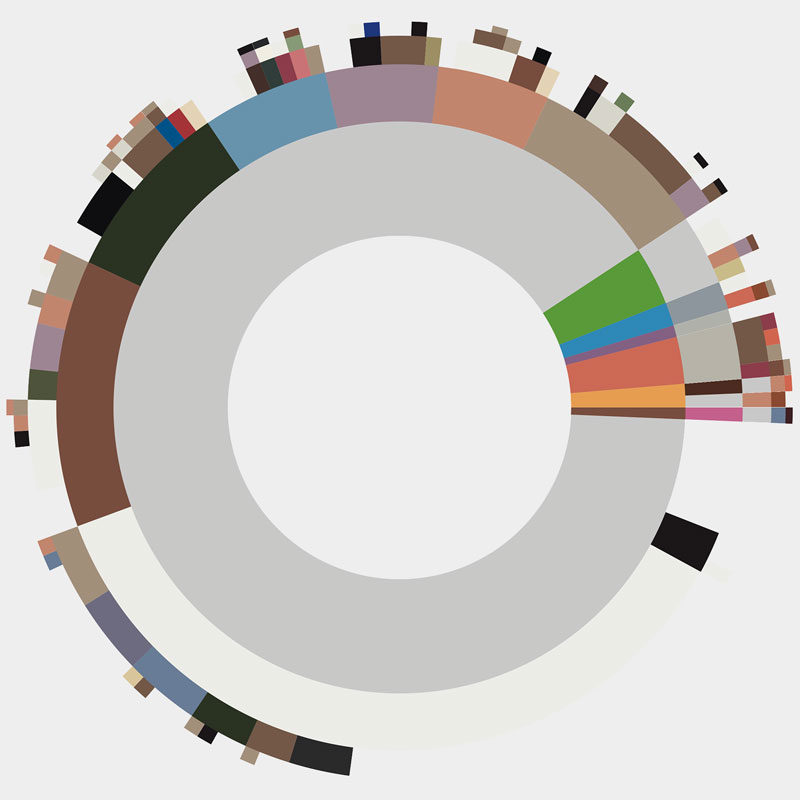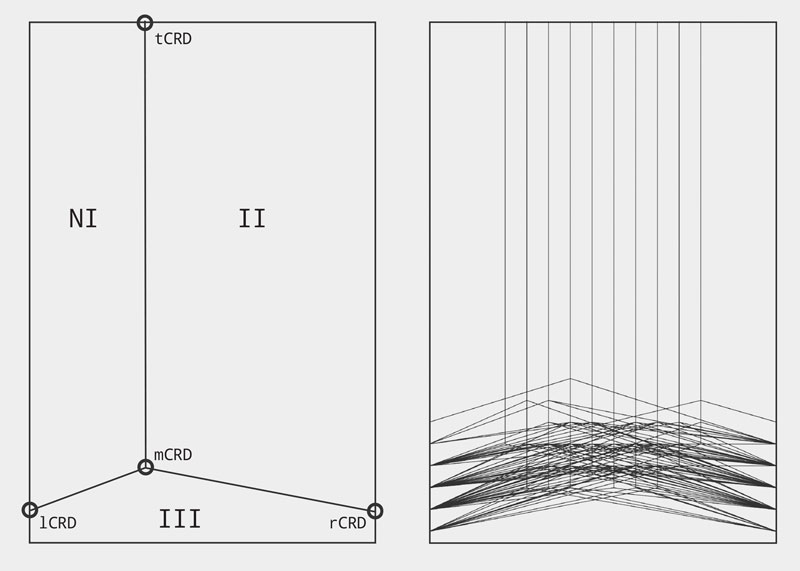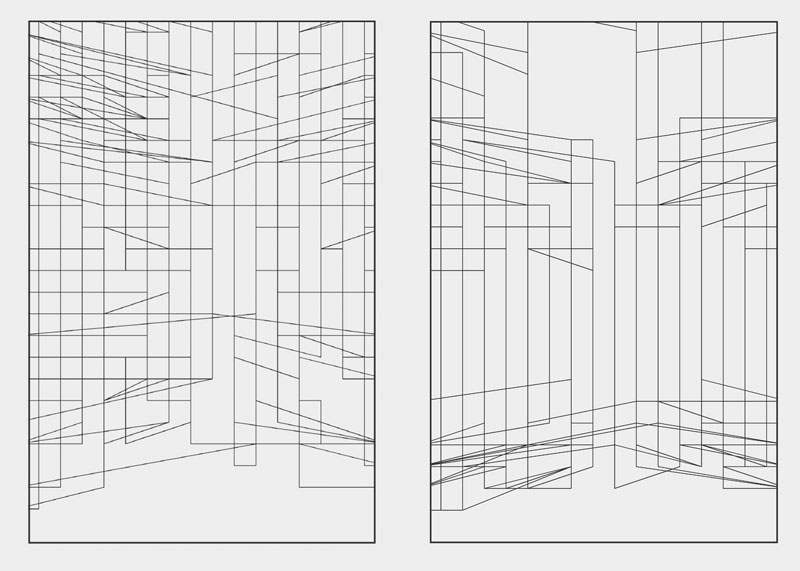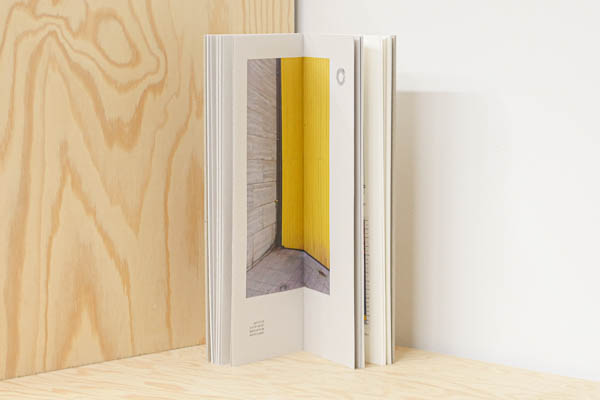{{element.code}}

An essay on the concave city corner is in-depth analysis of a personal collection of photographs of concave city corners and forms an exploration of the transformation from space to place. More specifically it is about how the city becomes a place. Many social geographers pondered the question of how place compares to space. There exists consensus about space being the more abstract form while, on the other hand, place is marked by identity and experience. For instance, an assortment of spaces like streets and buildings in a city can become a familiar neighbourhood to people that get to know its street corners and landmarks. So is it in the perception by people that spaces become places?

Concave corners are an example of typical spaces found in any city. They are the reflex interior angle of a concave polygon, where in this case the polygon stands for a city block or a single building. How are these corners to contribute to (parts of) the generic city becoming more specifically linked to personal experience, and the perception of the city as place? And how can the act of photography assist in street corners becoming place? Visibility is an important contributor to how space and place are perceived. Because photography is the predominant tool of contemporary visual language, to what extent is photography capable of contributing to a sense of place, to the genuine experience of a city and of cityness? How could photography capture the placeness of cities, or at least some of its crucial spatial features?

With these questions in mind photographs of concave city corners were analysed. The photographs were made in cities or urban areas encountered on the photographer's travels between 2010 and 2017. The presence of objects and materials in each photographed corner were mapped and its main colours were determined. A grid was used to define the spatial character of the corners and position of doors and windows. Results are summarized as a code for each photograph, and in the form of graphs and charts for all the photographs.

This objective analysis of concave city corners has resulted in deriving the most common corner from an initially random photographic collection
of corners: p13NI34J3
The study has been collected in an essay on the concave city corner, photographic artist book.
Dummy Awards:- Self Publish Riga 2018, Top 10 & Audience award;
- Unseen Dummy Award 2018, Shortlisted;
- Winner of the Photobook Week Aarhus 2018 Dummy Award!
- Maribor Photobook Award 2020, Honorable mention;
- PHotoEspaña 2020, Mejor Libro De Fotografia Del Año, Finalista Categoría Internacional.
- Kasseler Fotobuchblog, review;
- Belgian Platform for Photobooks, catalogue;
- Conscientious Photography Magazine, review;
- Collector Daily, review.
The book is available in the TMSN Shop or Tipi Bookshop and at Reminders Photography Stronghold.
If you are interested, you can also subscribe to the newsletter. The book is published by Photobook Week Aarhus in collaboration with the Reflektor platform and distributed by Idea Books in a media partnership with European Photography, and kindly supported by Kvadrat. More images of the book are available here.all photographs, data, text & graphics are © stijn van der linden, 2018; text by katrien vanherck.

